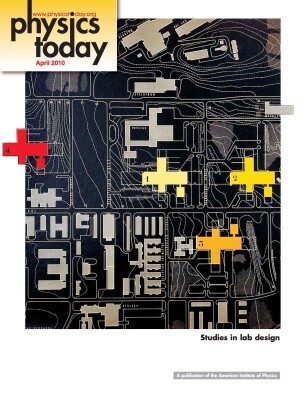Stats on physicists
DOI: 10.1063/1.3397038
Physics bachelors who apply to medical and law school are among the highest scorers on the MCAT and LSAT, respectively. The number of degree-granting physics departments in the US has kept stable over the past 10 years. In 2007 women made up 19% of entering students in physics PhD programs and 24% in master’s programs. The number of physics bachelor’s degrees conferred is on the rise, with 58% more in 2007 than eight years prior. These highlights are from recent reports by the Statistical Research Center of the American Institute of Physics.
One of the new reports, the Size of Undergraduate Physics Programs, presents data about US physics departments. It aims to show where the departments fit into the national context and, when necessary, help them persuade university or state administrations to keep them open. Among the findings are that two-thirds of departments that offer only bachelor’s degrees have 6 or fewer faculty members, while PhD-granting departments range from fewer than 10 faculty members to more than 60. And, although PhD-granting departments represent a quarter of all physics departments, they employ 60% of faculty members and confer 52% of the nation’s physics bachelor’s degrees.
The other new reports are titled Astronomy Faculty; Physics Graduate Enrollments and Degrees; Physics Undergraduate Enrollments and Degrees; and MCAT, LSAT and Physics Bachelor’s. They can be downloaded at http://www.aip.org/statistics/catalog.html
More about the Authors
Toni Feder. American Center for Physics, One Physics Ellipse, College Park, Maryland 20740-3842, US . tfeder@aip.org
